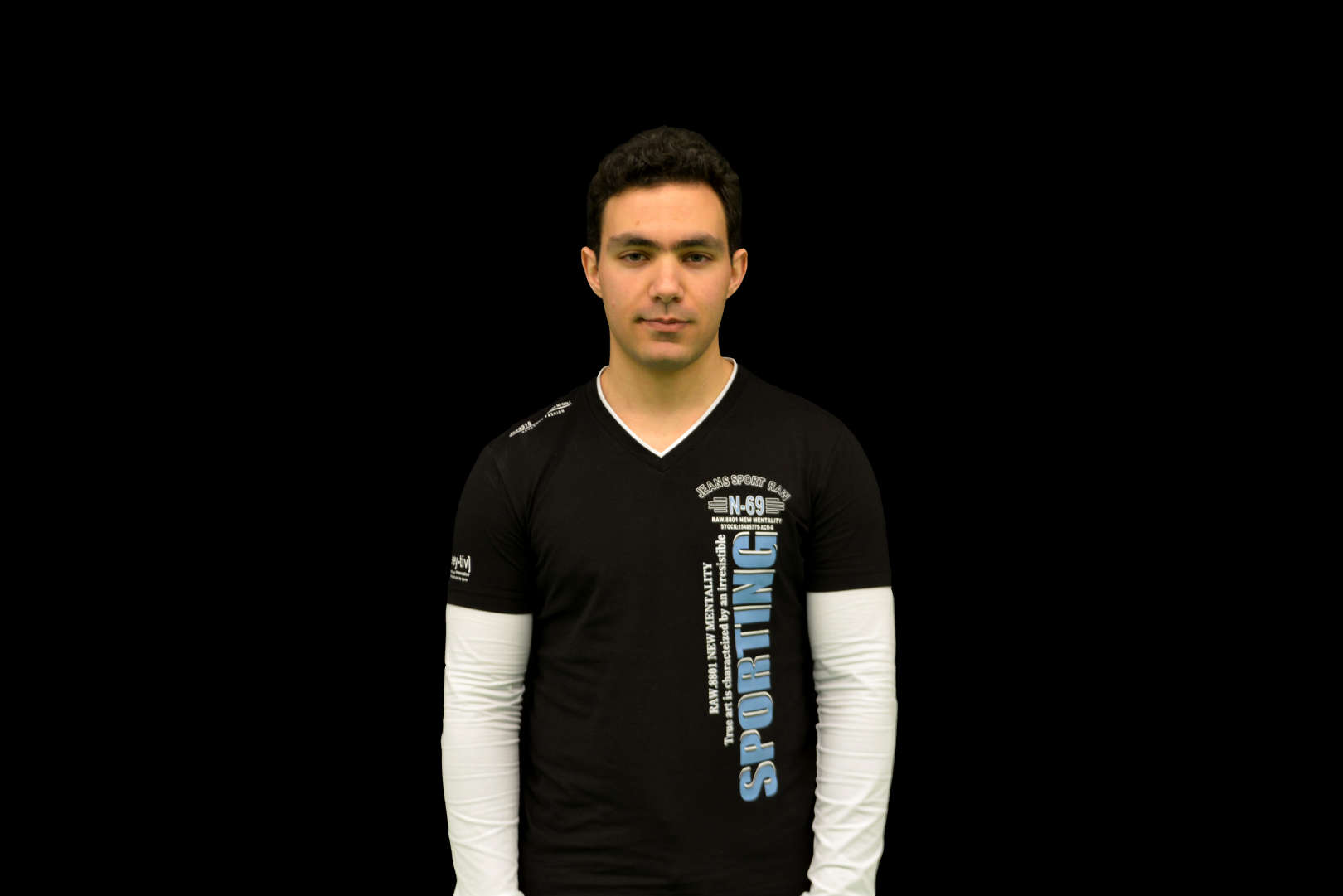About
I'm a fast learner software engineer, always looking to expand my knowledge in new technologies and with great interest in science (computer science and engineering, robotics, biotechnology, space exploration, among others).
My main research areas are augmented reality, 3D perception, computer vision, safety critical systems, assembly automation, localization and mapping of autonomous vehicles among many others within the industrial and mobile robotics fields.


